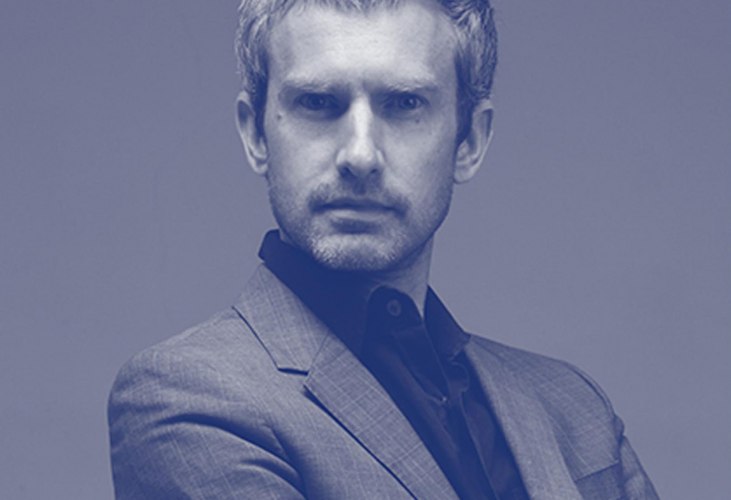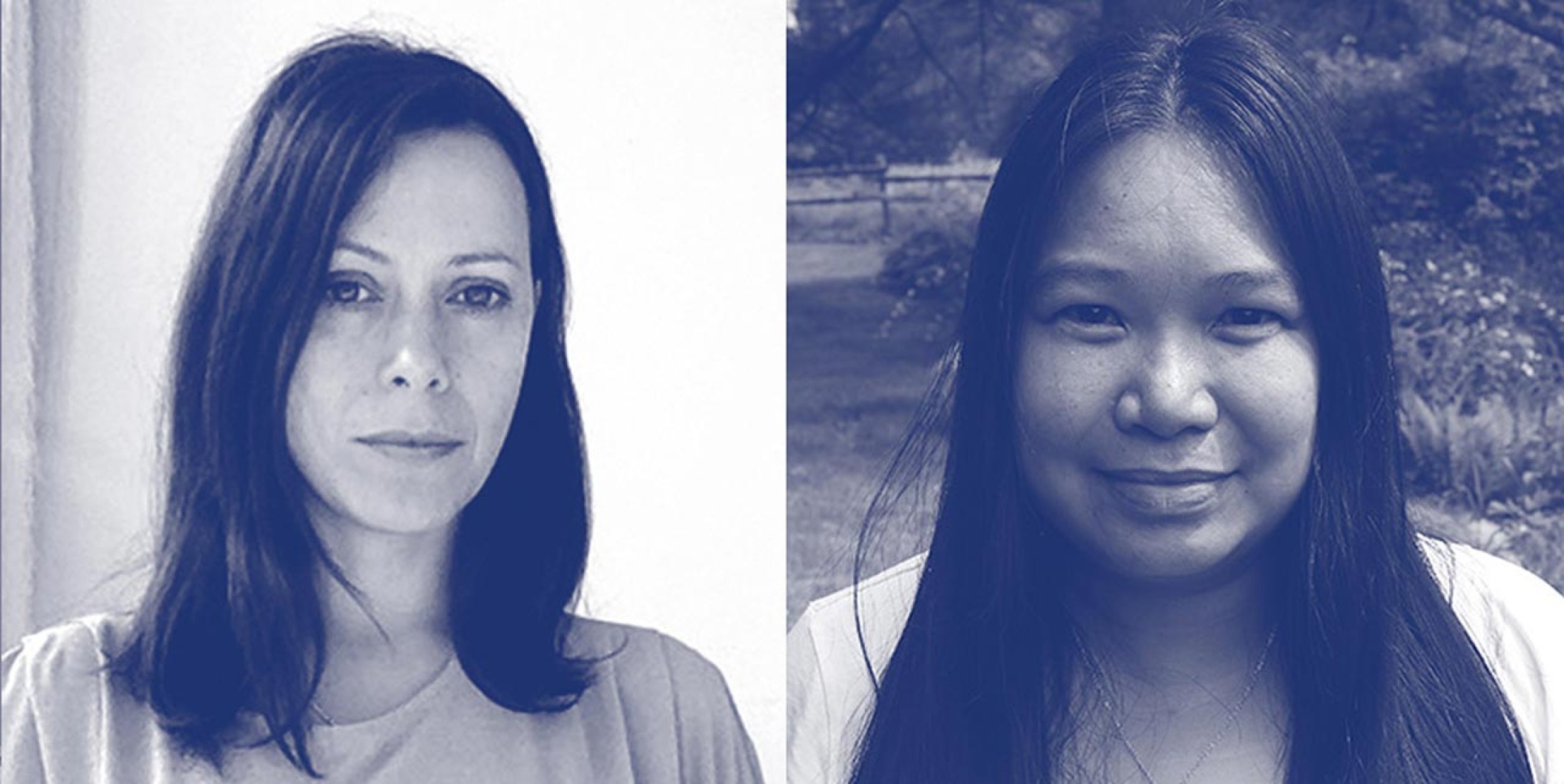Erik L'Heureux is currently an assistant professor at the National University of Singapore and carries out his work in the Pencil Office. His winning proposal "Hot and Wet: The Equatorial City and the Architectures of Atmosphere" focuses on the architecture of five dense cities in the equatorial zone where he will study traditional and modern strategies to cope with extreme weather conditions.
The 2015 Wheelwright Prize Jury—K. Michael Hays (Jury Chair), Craig Evan Barton, Preston Scott Cohen, Sarah Herda, and Elisa Silva—praised L’Heureux’s accomplishments as an architect, educator, and author, as well as his research project which will study “modes of atmospheric calibration at the urban scale,” and architecture’s historic and potential response to a range of atmospheres (hot, wet, humid, breezy, artificial, hermetic, and more) while taking into account related social, political, and environmental concerns. The $100,000 grant will fund L’Heureux’s travel-based research over the next two years.
The Wheelwright Prize is now in its third year as an open international competition for early-career architects. The 2015 cycle received nearly 200 submissions from 51 countries, including Azerbaijan, Bosnia, Cuba, Egypt, Iran, Kazakhstan, Morocco, Poland, Sri Lanka, Ukraine, Zimbabwe, and more.
This year, the jury honoured three finalists—L’Heureux (the winner), Malkit Shoshan (Amsterdam), and Quynh Vantu (London)—inviting them to present their work and research proposals in a public event at Harvard GSD. (See below for more information about Shoshan and Vantu.) The finalists’ presentations, as well as a lecture by Gia Wolff, winner of the 2013 Wheelwright Prize, took place in Piper Auditorium at Harvard GSD on April 16, 2015, and are viewable at GSD Harvard, under the Media section.
“We commend L’Heureux, Shoshan, and Vantu, who are each working impressively to broaden the definition and possibilities of architectural practice,” remarked K. Michael Hays, Eliot Noyes Professor of Architectural Theory and Associate Dean of Academic Affairs at Harvard GSD. “L’Heureux is an example of an architect with a strong practice who has developed a serious intellectual project that relates organically to his own work. His proposal is not just about technology and efficiency, but deals with the politicization of ecologies and economies in a complicated region and architecture’s complicity in difficult global issues.”
Born in Jamestown, Rhode Island, L’Heureux received his BA in Architecture from Washington University in St. Louis in 1996 and his MArch from Princeton University in 2000. He went on to work for several architecture firms in New York, including Perkins + Will, GW Architects, and Agrest 2 Harvard University GSD and Gandelsonas and taught at the Irwin S. Chanin School of Architecture at The Cooper Union. After stints as a visiting fellow and lecturer at the School of Design and Environment at the National University of Singapore (NUS) in 2003 and 2004, he decided to move to Singapore full-time in 2007. In 2011 and 2012, he co-organized an international overseas architecture program between Washington University, the National University of Singapore, and Tongji University, researching the cities of Hong Kong, Shanghai, and Singapore. He has received a Teaching Excellence Award from NUS every year since 2008.
His practice, Pencil Office, has realized an assortment of projects, including residences, restaurants, offices, and commercial and retail spaces, primarily in Southeast Asia. His project, A Simple Factory Building (completed in 2012), a 10,625-square-foot structure wrapped in a geometrically sophisticated sun-shielding veil, earned top honours in the 2013 World Architecture Festival (WAF) Category Design Award. He is also the recipient of the FuturArc Green Leadership Architecture Merit Award (2013), AIA New York City Design Merit Award (2012), and two AIA New York State Design Awards (2007 and 2009). He has received the Teaching Excellence Award from NUS every year from 2008 to 2013. In addition to teaching and practice, L’Heureux is an active writer and curator. He co-curated and designed the exhibition 1,000 Singapores: A Model of the Compact City for the Singapore Pavilion at the 12th International Architecture Exhibition at the Venice Biennale (2010), which was recognized with the 2011 President’s Design Award from Singapore. Recently, he redesigned the exhibition for the Cité de l’Architecture et du Patrimoine in Paris, where it will appear from June to September 2015. His work and writings have been widely published and he is contributing editor to Architectural Review Asia Pacific. His book Deep Veils, about building enclosures in tropical climates, was released last year by ORO Editions.




































